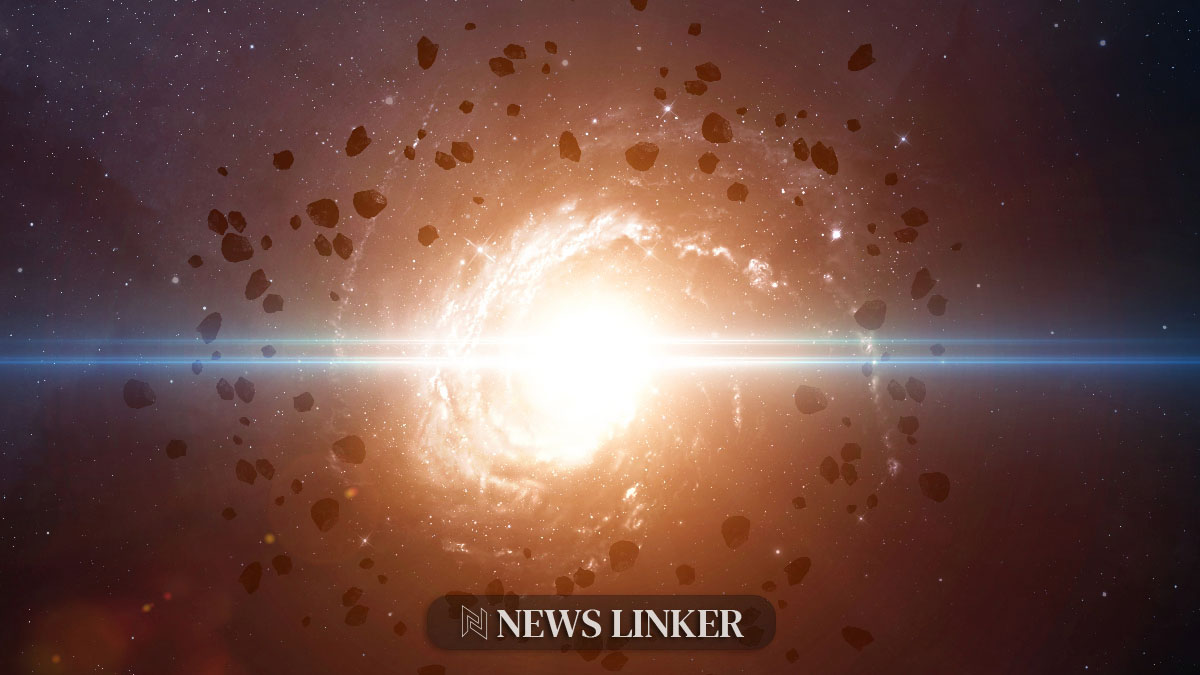The search for Earth-like exoplanets has led to the development of advanced astronomical equipment like coronagraphs. Such devices enhance our ability to detect celestial bodies by masking the overwhelming brightness of their host stars, thus enabling the observation of fainter objects nearby. As technology progresses, the goal of finding an “Earth 2.0” becomes increasingly attainable, with coronagraphs playing a pivotal role.
Research and advancements in space technology have consistently paved the way for the discovery of exoplanets. The use of coronagraphs, in particular, has become an integral part of this journey. Historically, the evolution of coronagraphs has seen them adapted from solar observation to the realm of stellar observation, focusing specifically on the ability to directly image exoplanets in the vicinity of bright stars. The ongoing enhancements of these devices reflect the scientific community’s commitment to uncovering the secrets of distant worlds.
How Do Coronagraphs Enhance Exoplanet Discovery?
Coronagraphs are instrumental in differentiating the light of distant exoplanets from the glare of their parent stars. They do so by selectively blocking stellar light, which amplifies the signal-to-noise ratio and allows for the direct imaging of these elusive celestial bodies. By mitigating the brilliance of the star, coronagraphs reveal previously undetectable details, such as planetary atmospheres and even potential signs of habitability.
What Does Recent Research Say About Coronagraphs?
In a recent paper by Nico Deshler, Sebastian Haffert, and Amit Ashok from the University of Arizona, published in the Journal of Astronomical Telescopes, Instruments, and Systems, titled “Achieving Quantum Limits of Exoplanet Detection and Localization,” the research delves into the potential of coronagraphs. The study examines the hypothesis that enhanced coronagraphs can reach the quantum limits necessary for the direct imaging of Earth-like exoplanets. These findings suggest that the complete suppression of a telescope’s optical mode is crucial for optimizing detection methods, holding promise for future advancements in exoplanet research.
What Are the Implications of Quantum Optimal Coronagraphs?
The implications of the study point towards a future where quantum-optimal coronagraphs may be able to detect and localize exoplanets that lie close to their host stars—often too proximate for current instruments due to the diffraction limit of the telescope. As these close separations are believed to be prevalent in the universe, developing such technology not only has the potential to revolutionize our understanding of planetary systems but also brings us closer to finding analogs to our own Earth.
Useful Information for the Reader:
- Coronagraphs mask stellar brightness, aiding in exoplanet detection.
- Direct imaging offers insights into exoplanet atmospheres and potential habitability.
- Quantum-optimal devices are the future of exoplanet discovery technology.
The quest to discover an Earth-like exoplanet is a testament to the relentless human pursuit of knowledge about our universe. Advances in coronagraph technology signify a turning point in this search, offering the potential to directly image planets that were once beyond our observational capabilities. This technology opens the door to new realms of discovery, promising to refine our understanding of planetary formation and the conditions that may support life. By harnessing the power of both current and emergent coronagraphs, we edge closer to answering one of humanity’s greatest questions—whether we are alone in the universe.










